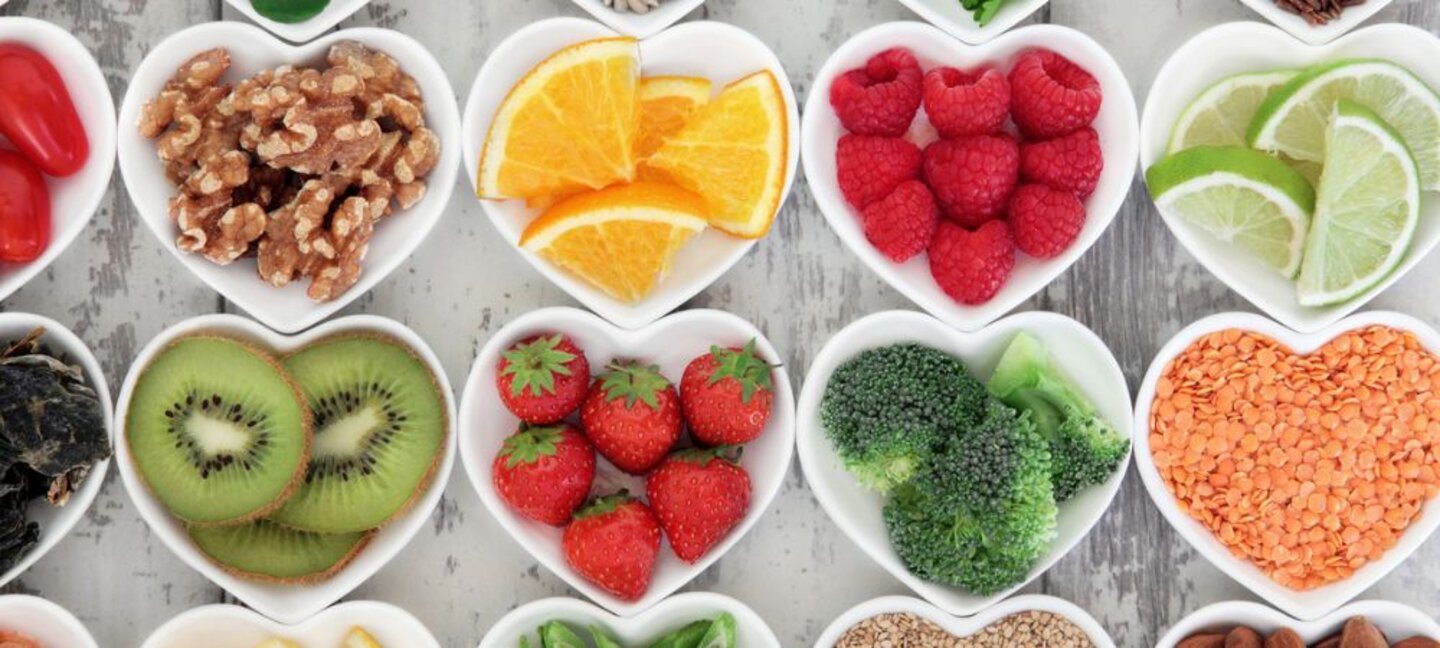
Offer a Variety of Foods
Eating a wide variety of foods is one of the best ways to ensure your body gets all the nutrients it needs to stay healthy and strong. No single food provides everything — that’s why diversity on your plate is so important.
Include foods from all major food groups:
Fruits and Vegetables – Packed with vitamins, minerals, and fiber for energy and immunity.
Whole Grains – Provide long-lasting energy and support digestion.
Protein Foods – Such as meat, fish, eggs, beans, tofu, and nuts to build and repair tissues.
Dairy or Alternatives – Supply calcium and vitamin D for strong bones.
Experiment with new flavors, colors, and textures — a colorful plate often means a more nutritious meal. Variety not only keeps eating exciting but also supports overall health, balance, and wellbeing.
Does it seem like your child only likes a few different foods? You play an important role in helping your child learn about food. You are responsible for providing a variety of healthy foods for your child to eat. Offering different types of food helps young children get the nutrients they need from each of the five food groups.
Offering different types of food helps young children get the nutrients they need from each of the five food groups. They will also be more likely to try new foods and to like more foods. When children develop a taste for many types of foods, it’s much easier to plan family meals.
Many children are hesitant to try new foods. It is completely normal for young kids to reject foods they have never tried before. Be patient and keep trying.
Read Also: Keep your face towards the sunshine and shadows will fall behind you
Tips for Offering a Variety of Foods:
Mix it up. Try something new with your family. Here are just a few ideas: fresh pineapple, red bell peppers, Greek yogurt, canned salmon, or a whole wheat pita with hummus.
Let your child chose a new vegetable. Serve it raw with ranch dressing or other dip, add it to a soup, salad or casserole or serve it as a side with a meal.
Add different ingredients to salads or sandwiches. Try adding mango, snap peas or tuna to your green salad. Add thinly sliced cucumber, avocado or apples to a sandwich.
Go with the grains. Vary the grain foods you buy week to week – from different types of bread, cereals and pasta to tortillas, quinoa or rice.
Fruit it up. Add fruit such as blueberries, peaches or bananas to your child’s breakfast by using it to top cold or hot cereal. Buy different types of fresh, canned, dried or frozen fruit.
Keep them visible. Place rinsed and cut fruits and vegetables, in a bag or bowl, on a shelf in your refrigerator along with string cheese or cheese cubes – right where your child can see them.
Ingredients:
¼ cup diced fresh strawberries, gently rubbed under cold running water
¼ cup low-fat vanilla yogurt
2 chocolate graham cracker squares
Directions:
Wash hands with soap and water.
Spread yogurt on graham crackers.
Top with chopped strawberries. Enjoy!
Notes:
Snack Crediting for Ages 3-5 in CACFP – Meat/Meat Alternate, Grain
Nutrition Information:
Serving Size (1 serving): Calories: 130 Total Fat: 2g Saturated Fat: 0.5g Cholesterol: 5mg Sodium: 105mg Total Carbohydrates: 25g Fiber: 1g, includes 8g Added Sugars Protein: 4g Calcium: 8% Iron: 6% Potassium: 4%
Nutrition Software Used: ESHA Food Processor
Watch Also: https://www.youtube.com/@TravelsofTheWorld24
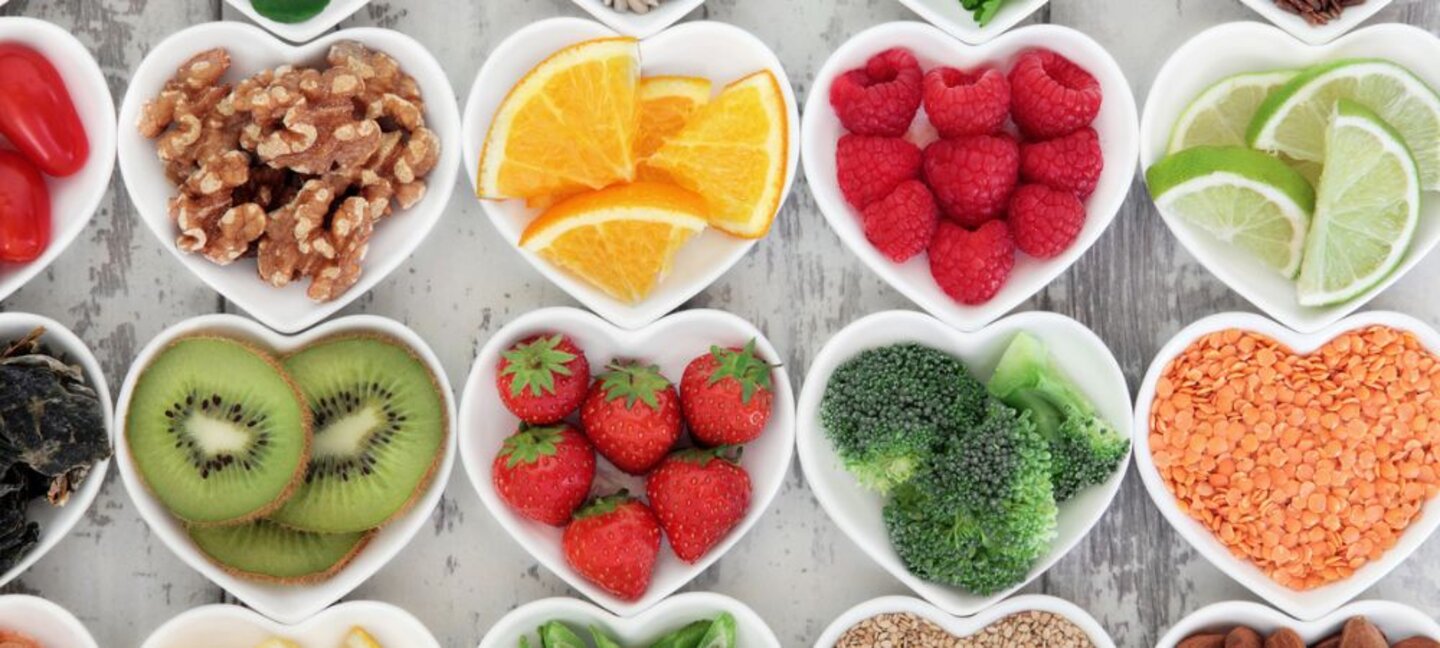
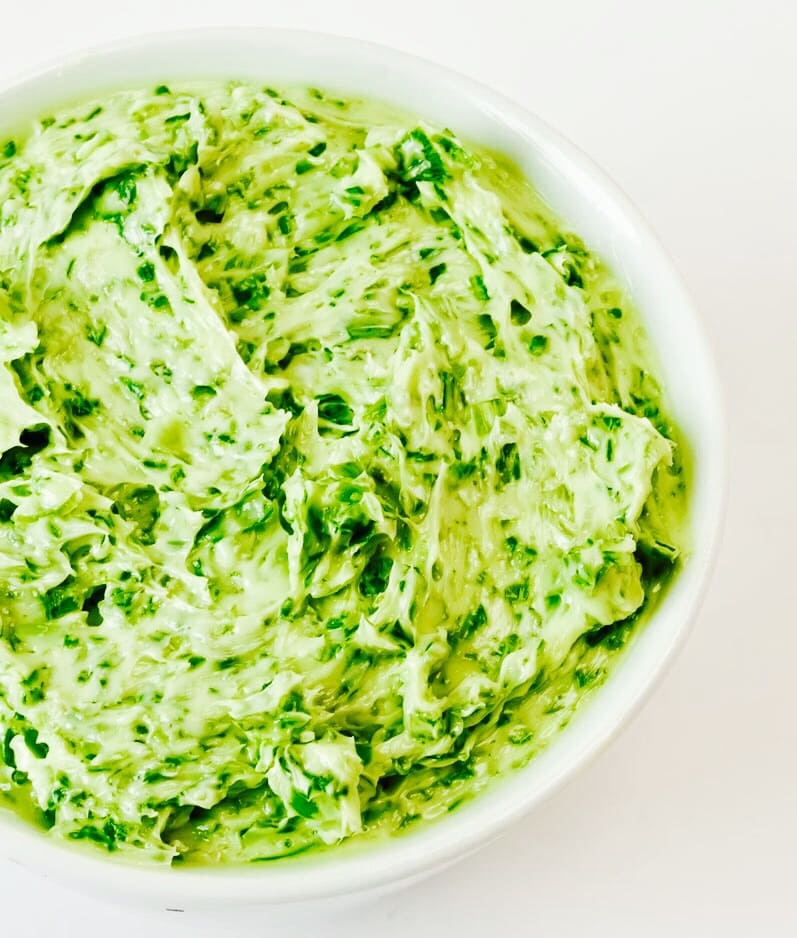





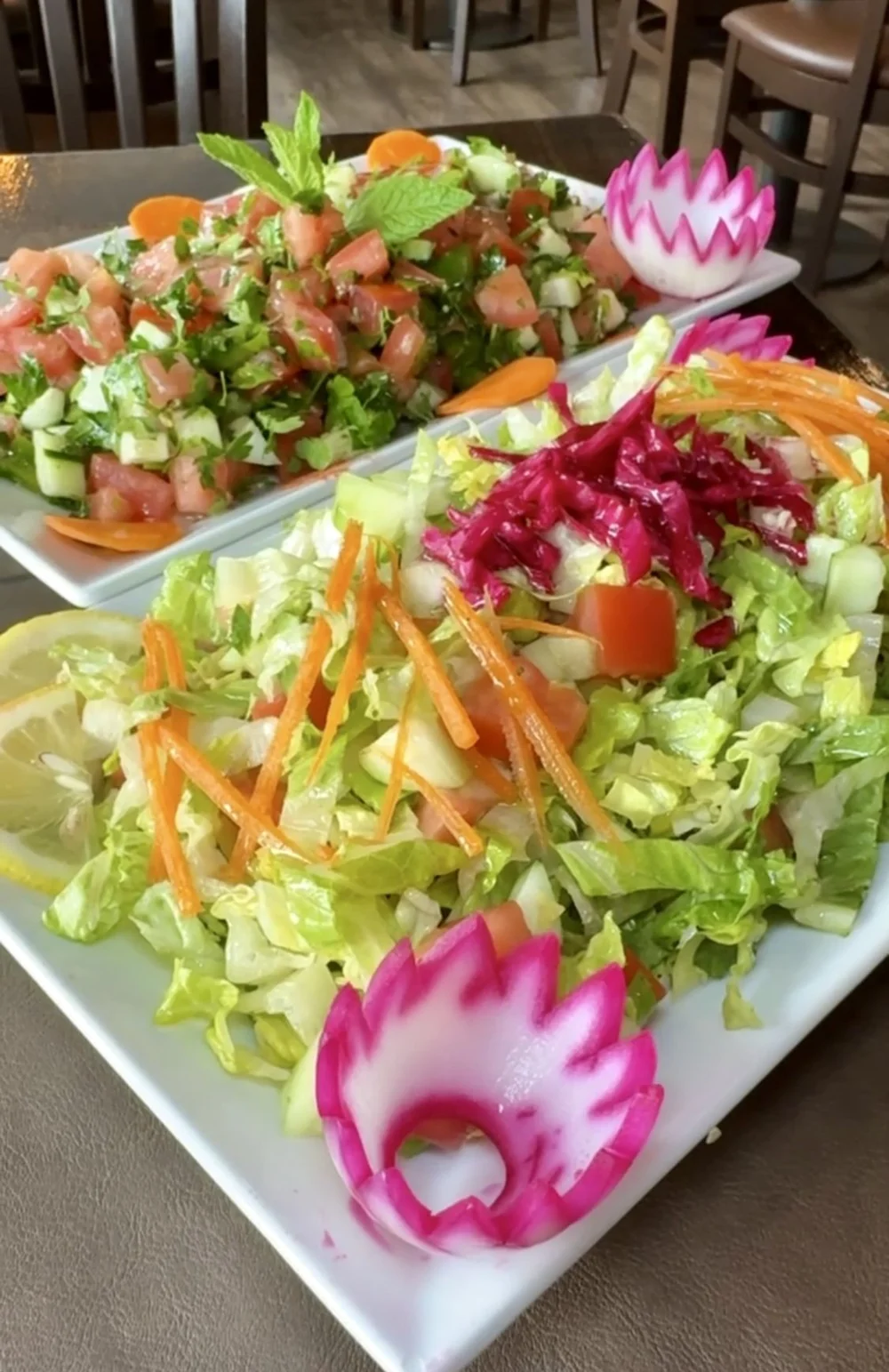

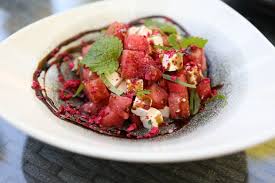





Leave a Reply